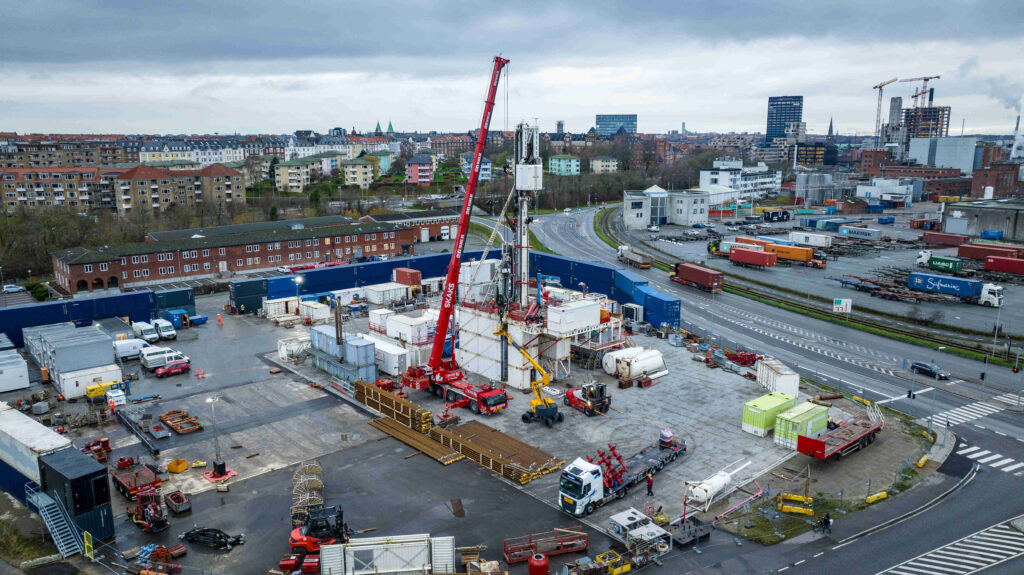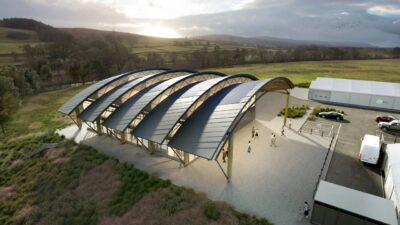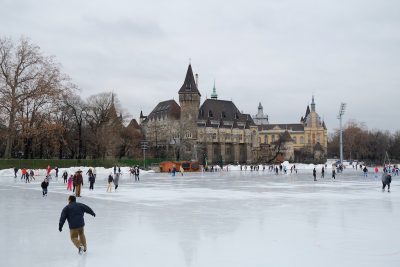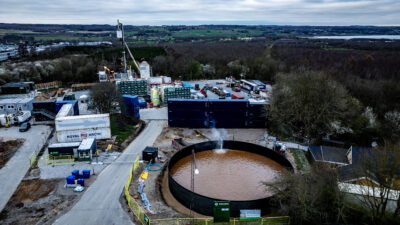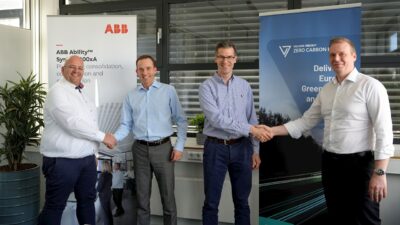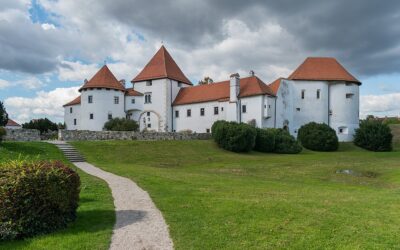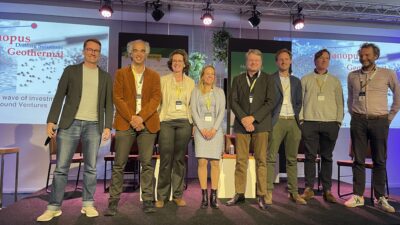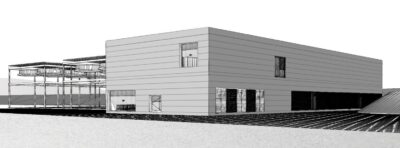Drilling starts for Aarhus, Denmark geothermal heating project
Drilling has started for a 2.5-km well in Aarhus, Denmark by Innargi - the first well in what is planned to be EU's largest geothermal district heating system.
Drilling has officially started for the geothermal heating project being developed by geothermal operator Innargi with district heating company Kredsløb in Aarhus, Denmark. This is an important milestone for the aspiration of setting up the EU’s largest geothermal district heating system, consisting of seven sub-plants, that will start supplying heat by 2025 and will eventually provide 20% of the district heating needs of Aarhus.
The start of the drilling operations was marked by an event showcasing the 31-meter tall, 6000 horsepower drilling rig at the Aarhus Harbour. In attendance were the board chairman of Kredsløb, Thomas Rand, Finance Minister Nicolai Wammen, Mayor Jacob Bundsgaard, and Denmark’s Nature Conservation Association.
“Today is a significant day for Aarhus and Denmark’s green transition as we move from planning to action, initiating drilling to provide Aarhus’s first geothermal district heating by 2025. When the facility is completed, it will be a key element in securing the stable and green supply of the future and a significant contribution to the city achieving its climate goals in 2030,” said. Thomas Rand.
“It is fair to say that a piece of green national history is written in Aarhus today. The Parliament agreed on the regulatory framework needed, and now we are putting the drilling rig to work. If we want to succeed with the green transition, we must make use of all available solutions. Geothermal is truly exciting in this regard. Today is a good day, and I look forward to following the project going forward,” added Nicolai Wammen.
The rig is is set to drill to a depth of 2.5 kilometers. This is expected to last for a few months, after which the rig will be transferred to a second drilling location in Skejbyvej. The first wells will also serve to confirm the existence and characteristics of the inferred geothermal reservoir. The first facility, located in Skejby, is expected to be completed and start delivering heat to Aarhus residents in 2025. The facility on Sumatravej is expected to be completed in early 2027.
CO2 neutrality by 2030
The establishment of geothermal district heating is a crucial step in the plan of Aarhus to be carbon-neutral by 2030. “Aarhus aims to be CO2-neutral by 2030, and the provision of heat to its citizens and businesses plays a significant role in this endeavour. It’s fantastic that we’re now taking the initial tangible step in this ambitious green project,” stated Jacob Bundsgaard, mayor of Aarhus Municipality.
With the facility in Aarhus, it will be possible for Kredsløb to reduce the amount of wood pellets that must be imported by 55,000 tonnes per year. This will reduce direct biogenic CO2 emissions by 95,000 tonnes. Moreover, utilizing the spared biomass for, say, methanol production for transportation could save an additional 70,000 tonnes of CO2, equal to the emissions from 30,000 petrol vehicles.
In Denmark’s Nature Conservation Association, people are excited about the prospects for the phasing out of imported biomass.
“We have wholeheartedly supported the establishment of geothermal energy from the outset. We’re not just introducing a new, large-scale renewable energy source. We are also developing a very real alternative to burning biomass, which neither emits CO2 nor affects biodiversity,” says Sebastian Jonshøj, vice-president and local chairman of Denmark’s Nature Conservation Association.
Mitigation of noise during drilling
The geothermal plants in Aarhus must be located close to the existing exchange stations, which send the district heating out to the homes in Aarhus. This means that in the coming years, many residents of Aarhus will find themselves living near one of the well-drilling sites.
While a geothermal plant does not produce noise or emissions once operational, neighbours may notice the noise from the drilling rig during its operation. In the coming months, this will be the experience of neighbours at Aarhus Harbor.
The drilling rig will work for a few months on the first well. Once the drilling rig is started, it works around the clock. An electric rig is used in the project, and noise walls have been established around the site to reduce noise nuisance.
Source: Innargi
